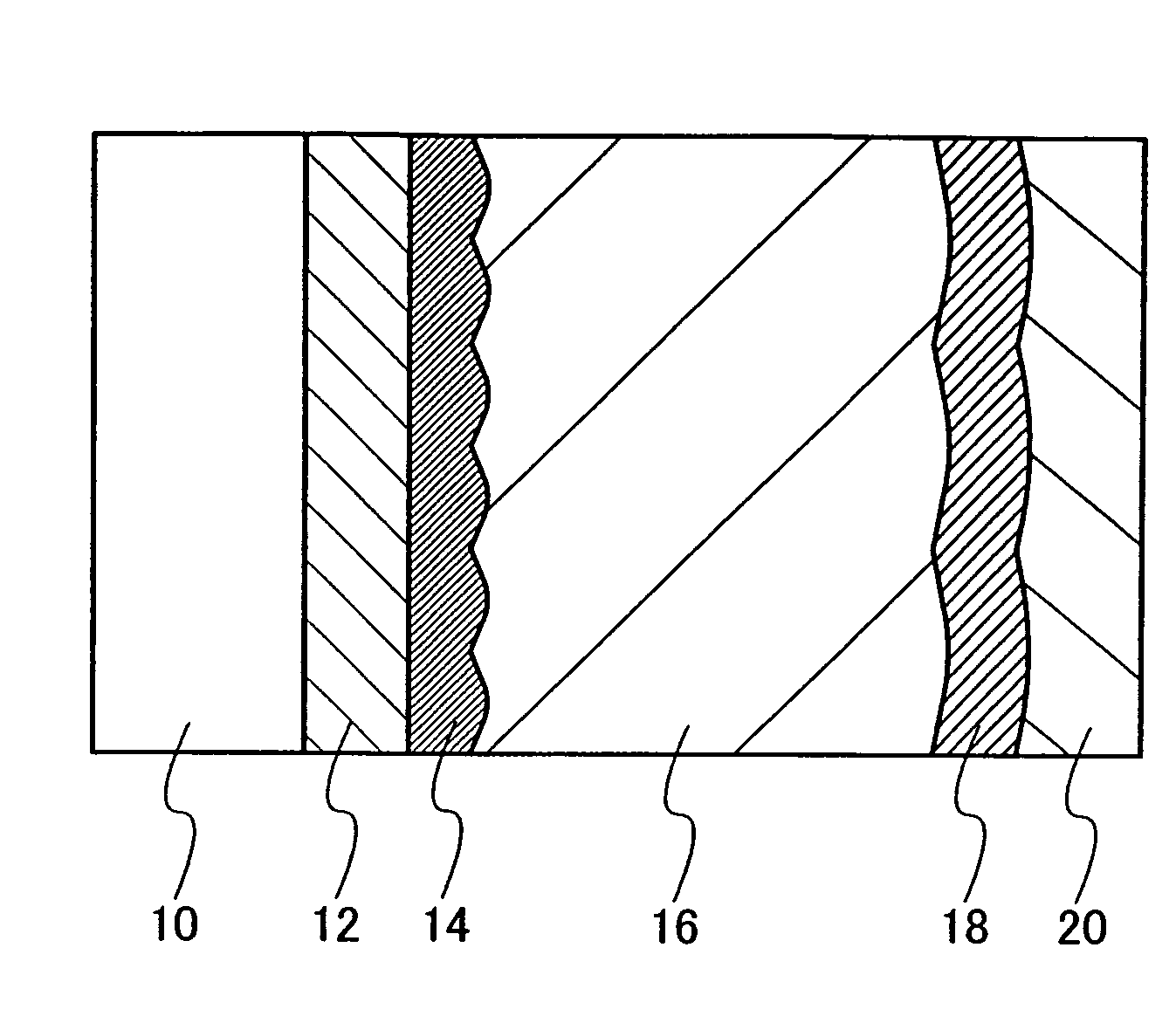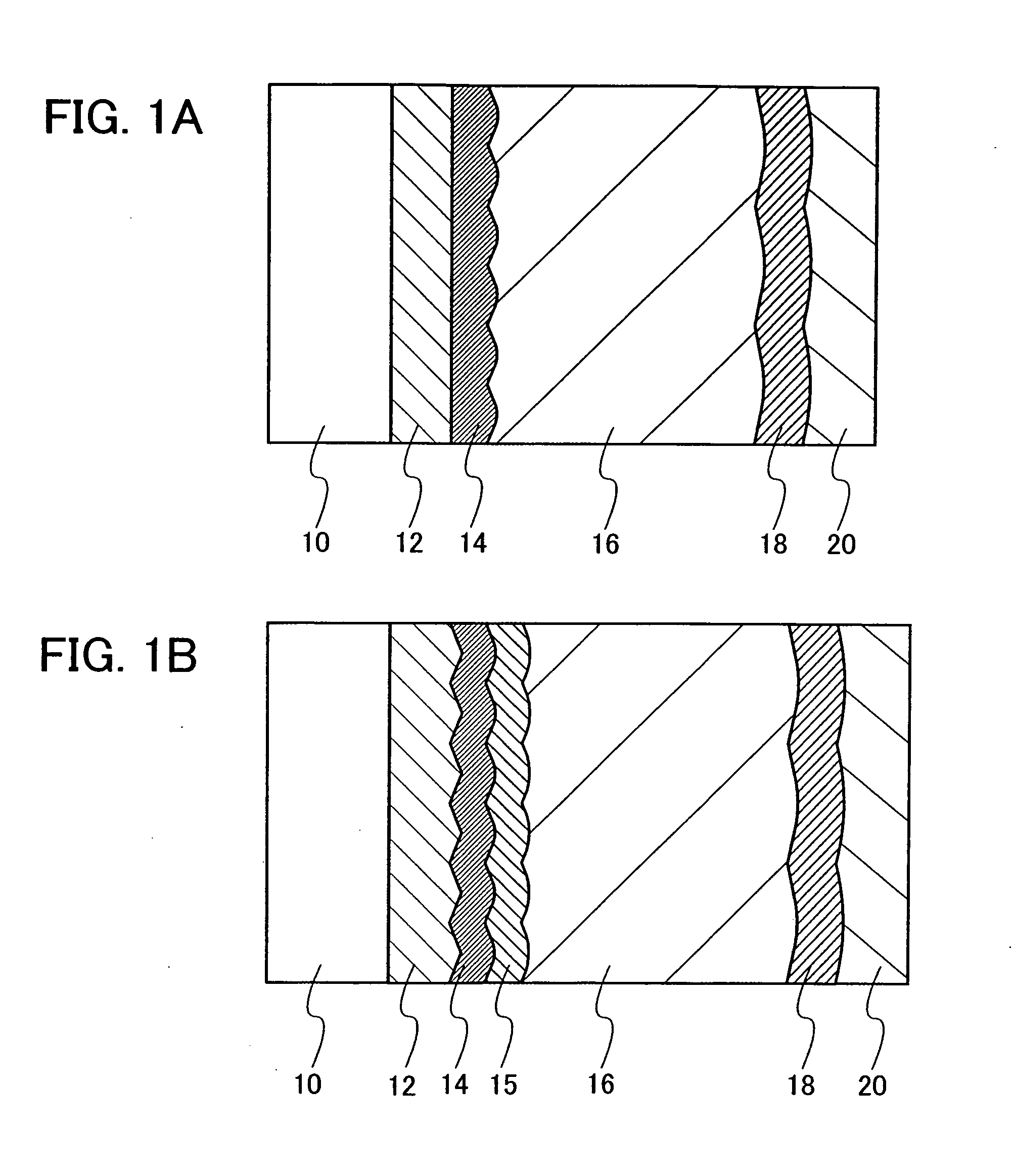Method for manufacturing photoelectric conversion device
a technology of photoelectric conversion and manufacturing method, which is applied in the direction of sustainable manufacturing/processing, final product manufacturing, coatings, etc., can solve the problems of low productivity, inapplicability, and low deposition rate of microcrystalline silicon film by high-frequency plasma cvd method, so as to reduce the rate of deterioration of characteristics by light degradation and save resources. , the effect of high quality
- Summary
- Abstract
- Description
- Claims
- Application Information
AI Technical Summary
Benefits of technology
Problems solved by technology
Method used
Image
Examples
Embodiment Construction
[0030]Hereinafter, an embodiment mode of the present invention will be described with reference to the accompanying drawings. Note that the present invention is not limited to the following description and it will be readily appreciated by those skilled in the art that modes and details can be modified in various ways without departing from the spirit and the scope of the present invention. Accordingly, the present invention should not be construed as being limited to the description of the embodiment mode to be given below. Note that same portions in the drawings may be denoted by the same reference numerals in a structure of the present invention to be given below.
[0031]FIG. 1A illustrates a structure of a photoelectric conversion device of this embodiment mode. The photoelectric conversion device includes at least one semiconductor junction by providing an i-type semiconductor layer 16 between a p-type semiconductor layer 14 and an n-type semiconductor layer 18. In this embodimen...
PUM
 Login to View More
Login to View More Abstract
Description
Claims
Application Information
 Login to View More
Login to View More - R&D
- Intellectual Property
- Life Sciences
- Materials
- Tech Scout
- Unparalleled Data Quality
- Higher Quality Content
- 60% Fewer Hallucinations
Browse by: Latest US Patents, China's latest patents, Technical Efficacy Thesaurus, Application Domain, Technology Topic, Popular Technical Reports.
© 2025 PatSnap. All rights reserved.Legal|Privacy policy|Modern Slavery Act Transparency Statement|Sitemap|About US| Contact US: help@patsnap.com



